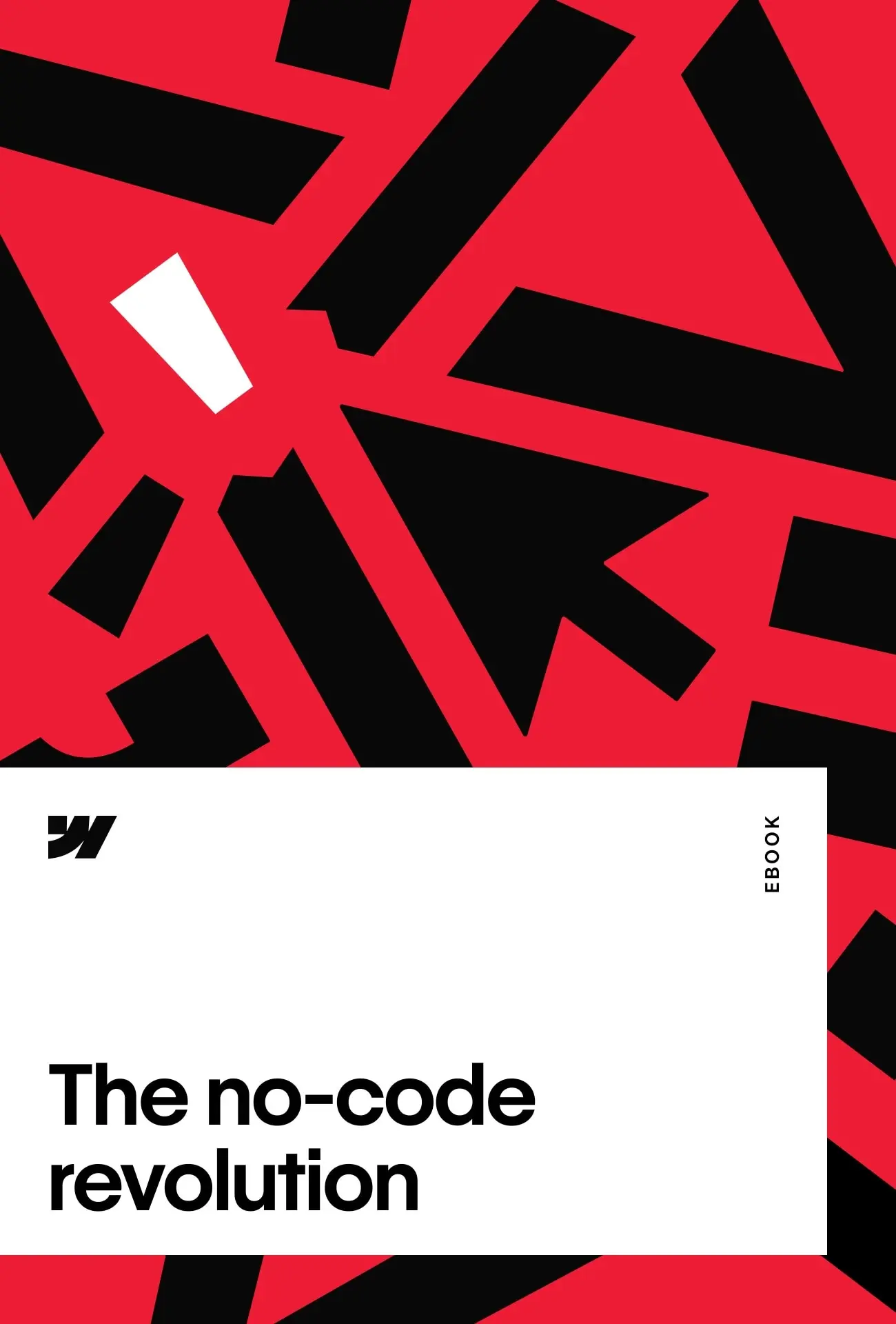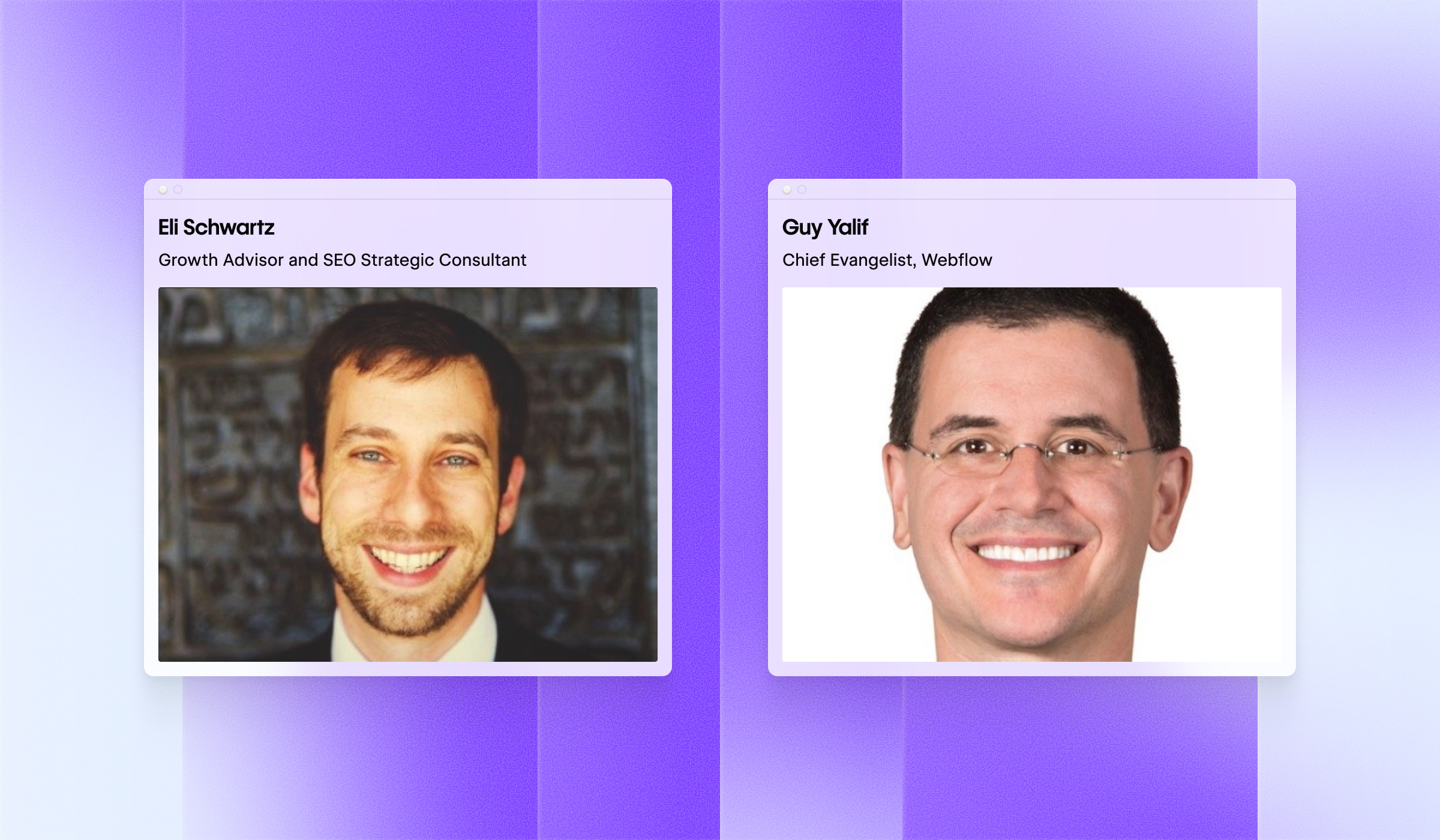The no-code revolution
Learn what the no-code movement means for the future of makers and businesses.

Thank you for downloading!
The ebook opened in a new tab, and we sent a copy of it to your email.
About this ebook
In this ebook, you’ll discover:
- What the no-code movement is and why it’s important
- How to validate startup concepts with no-code tools
- Why no-code tools will enhance the customer experience
- A guide in how to bring no-code to your company
- How to switch from no-code to code
- The impact no-code will have on the world
Other resources
No items found.
Schedule a demo
Build better websites — faster — with the power of Webflow. Backed by advanced security, custom traffic scaling, guaranteed uptime, and much more.
Build better websites — faster — with the power of Webflow. Backed by advanced security, custom traffic scaling, guaranteed uptime, and much more.
























